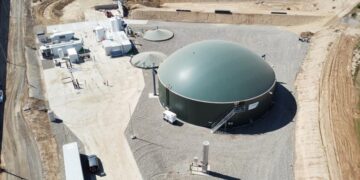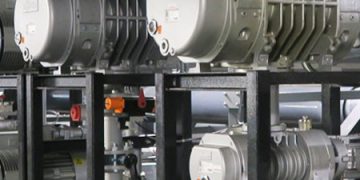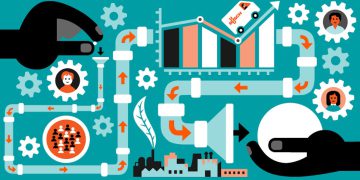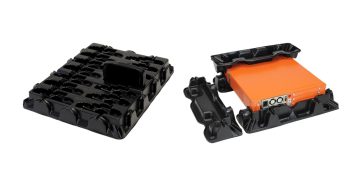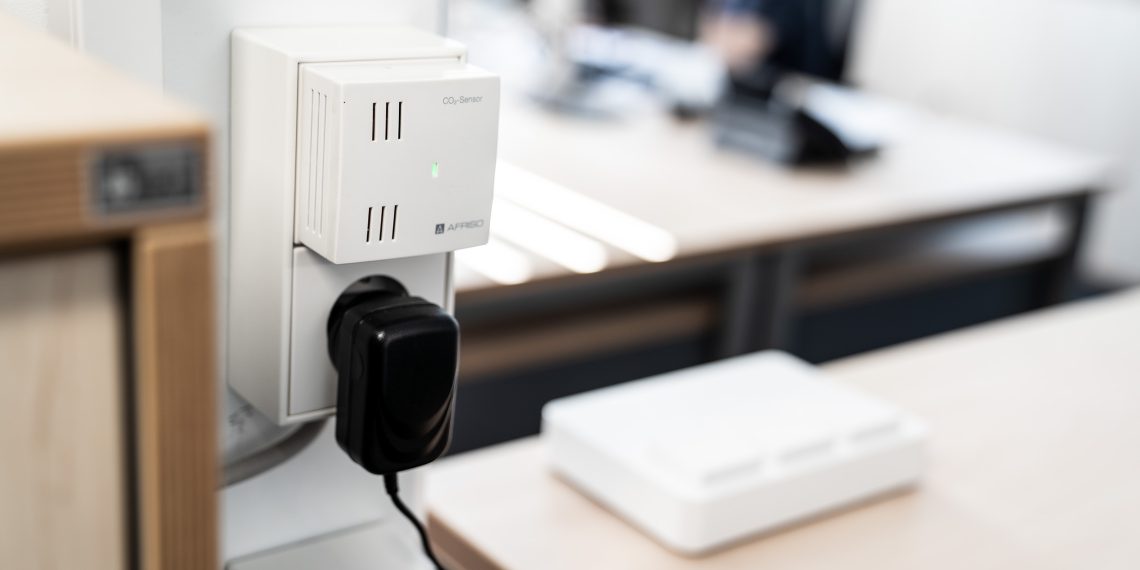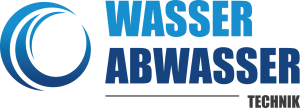One of the competence leaders in the field of security around heating and tank systems is the family-owned company AFRISO. In this tradition, the smart home sensors ensure more safety, living comfort and a good indoor climate in buildings. The company offers a wide portfolio of sensors and actuators for this purpose. How easy it is to monitor and specifically improve the indoor climate in office buildings is shown by the latest application example of a company in the Heilbronn district.
CO2 sensors can be ideally used for targeted ventilation measures. In view of the Corona pandemic, this wish was also expressed by a company in the district of Heilbronn in Baden-Württemberg. The goal of those responsible for occupational safety and building services was to continuously measure the CO2 concentration in the individual rooms and, if threshold values were exceeded, to inform the employees and at the same time encourage them to take suitable ventilation measures. With the efficient system, an effective solution could be implemented without further ado, which also gives other responsible persons in the company insight into the current situation.
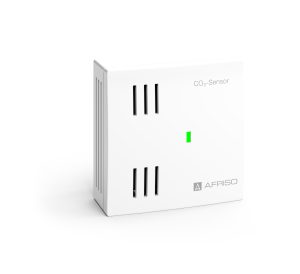 For this purpose, a CO2 sensor was simply installed in the existing sockets at sight level in each of the individual office and meeting rooms. Since the CO2 concentration is displayed directly on the sensor with an easy-to-understand LED traffic light and the sensor is already in stand-alone operation, the employees were immediately able to implement the ventilation recommendations. If the LED is green, the carbon dioxide concentration is less than 1,000 ppm (parts per million, equivalent to 0.1 percent). When yellow, this recommended limit is exceeded. A red LED indicates a concentration of over 1,500 ppm, then it is high time to ventilate. As soon as the traffic light returns to green, enough fresh air has flowed in and the windows can be closed.
For this purpose, a CO2 sensor was simply installed in the existing sockets at sight level in each of the individual office and meeting rooms. Since the CO2 concentration is displayed directly on the sensor with an easy-to-understand LED traffic light and the sensor is already in stand-alone operation, the employees were immediately able to implement the ventilation recommendations. If the LED is green, the carbon dioxide concentration is less than 1,000 ppm (parts per million, equivalent to 0.1 percent). When yellow, this recommended limit is exceeded. A red LED indicates a concentration of over 1,500 ppm, then it is high time to ventilate. As soon as the traffic light returns to green, enough fresh air has flowed in and the windows can be closed.
To ensure the best possible wireless connection in the smart home system, the appropriate ranges in the building were measured in advance. This allowed the home gateways to be installed and interconnected at defined points. Thanks to EnOcean® wireless technology and the “device-in-device” function of the AFRISOhome app, no cables had to be laid or other structural changes made.
Using the authorization concept available in the app, programs could be created for individual users that send a push message to their smartphone or — for PC users — to the AFRISOhome web app when the threshold value of 1,000 ppm CO2 is reached. As a result, employees are now prompted to ventilate with a push message in addition to the orange LED.
In this project, approximately 20 gateways and over 100 CO2 sensors were installed. By linking the gateways to a master gateway, additional thresholds with push messages to supervisors were implemented. All measured CO2 values are stored in the respective gateway for about four weeks and then overwritten by the new data.
